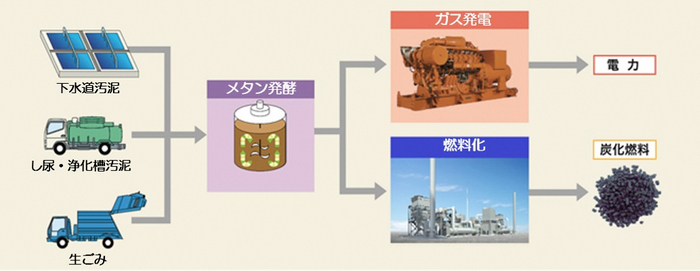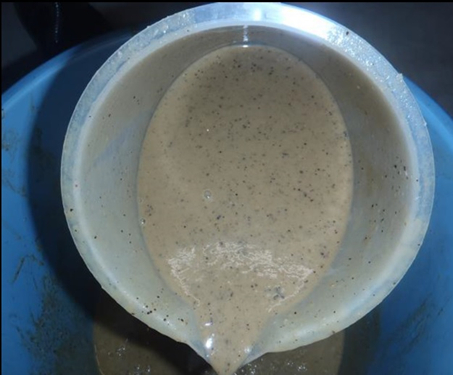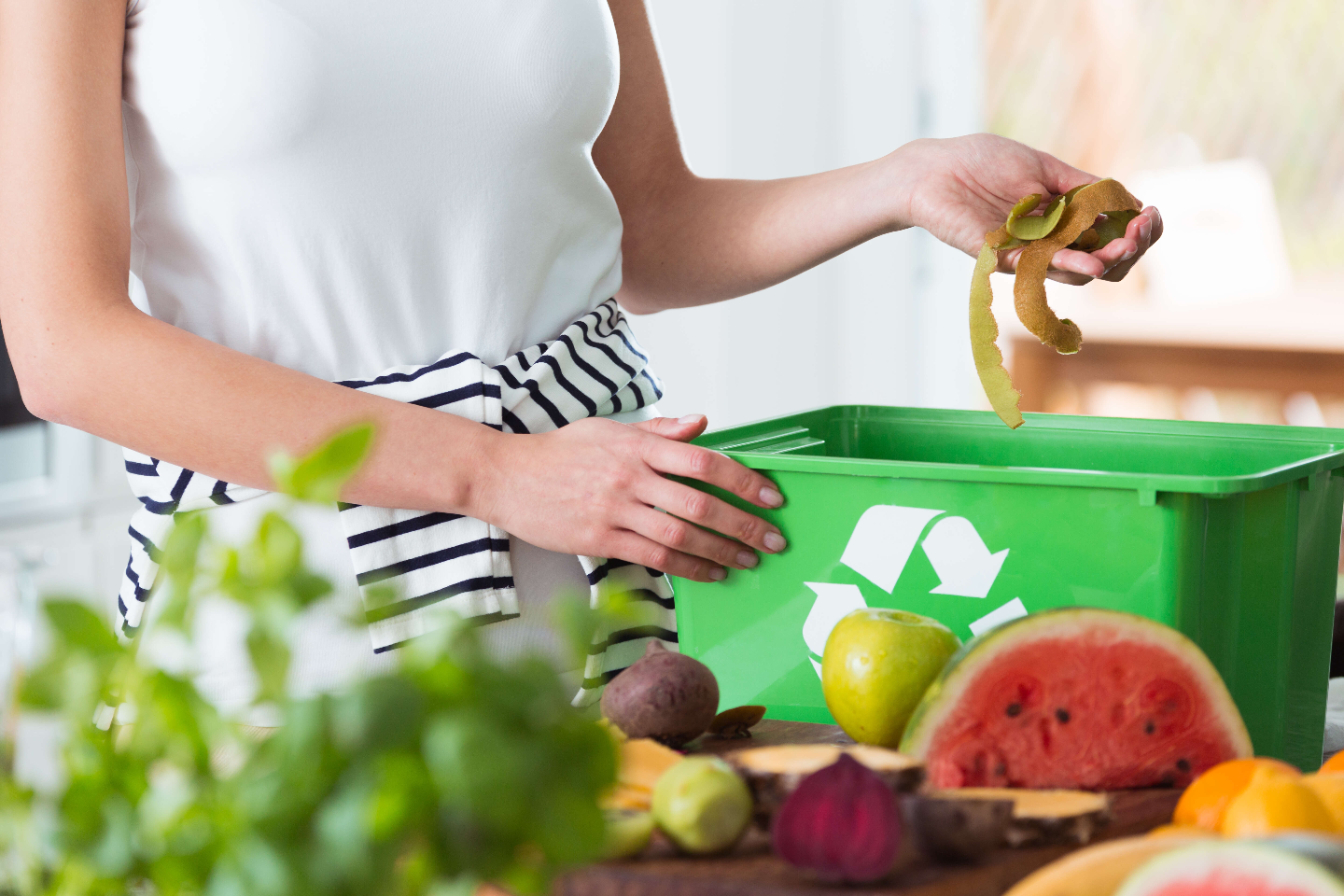J-STORIES - Residents in a central Japanese city are getting creative with their trash, creating an additional waste category to help manufacture a new energy resource and reduce carbon emissions.
Japanese household garbage is typically separated into four main categories: combustibles, non-combustibles, oversized and recyclables. In the city of Toyohashi, however, local residents also separate out their food waste from other burnables to contribute to the creation of a biomass fuel.
The food waste is combined with other waste to generate power at Toyohashi's “biomass utilization center," which is the largest such facility in Japan.
Built in 2017, the facility processes a mixture of sewage and food waste, which is fermented and converted into two products: carbon fuel pellets that are sold mainly to local businesses, and methane, which it uses to generate electricity.

Toyohashi is well known for its impressive environmental policy history. In 1975, it launched the first “zero garbage” movement in Japan, inspired by efforts to prevent littering at the city’s famous Imo Wetlands.
And in 2017, when the biomass plant went into operation, the city started encouraging its approximately 370,000 residents to separate food waste from combustible garbage, holding over 500 meetings to explain the project and its benefits. According to Taku Masaoka of the Toyohashi City Waterworks & Sewerage Bureau, there are only two other domestic municipalities that process food waste together with sewage, and both are on Japan’s northernmost island of Hokkaido. However, with the Toyohashi's larger population, the number of residents involved is around six times higher in the city, making it by far the largest such project in Japan.

As with other types of waste in Japan, designated plastic bags are used to collect the food waste, and the city website has details of what food items can and cannot be included. For example, vegetable peelings, used coffee filters and baby food are fine, but not chewing gum or cooking oil.
Masaoka says the success of the project is down to the active cooperation of the city's residents. While some dislike the smell from the trucks that come to pick up the waste food, there have been no complaints about the need to separate out food scraps, he says.

The facility generates 6.9 million kilowatt-hours of electricity a year, enough to power 1,890 Japanese homes of average size. All the residue from sewage and other waste is converted into fuel pellets. This means that effectively all the waste becomes either electricity or fuel, so unlike other facilities, nothing is left at the end of the process.
When biomass power generation is considered in place of fossil fuel generation, this leads to a saving of about 14,000 tons of greenhouse gas (CO2) per year, which is equivalent to planting approximately 1 million cedar trees. Additionally, there is an estimated cost saving of around 12 billion yen over 20 years thanks to the consolidation of the sewage and garbage treatment process.
These savings are being used to strengthen the sewage system against natural disasters and also to reduce sewage disposal bills paid by citizens.
Translation and Editing by Tony McNicol
Top page photo by bialasiewicz / Envato
For inquires about this article, please contact us at jstories@pacificbridge.jp
***
***
Click here for the Japanese version of the article.

![[Tokyo Updates] Is Hill-Farmed Salmon Here to Save Us?](https://storage.googleapis.com/jstories-cms.appspot.com/images/173258722885374_09952-thumb-1600xauto-10881_smallthumbnail.jpeg)
![[Tokyo Updates] Old and Full of Potential: Why a Swedish Model Is Reviving Abandoned Houses in Tokyo](https://storage.googleapis.com/jstories-cms.appspot.com/images/1732603609687d6b0a861ef75d954729578323092323fe00ad55e-thumb-1600xauto-10186_smallthumbnail.jpg)
![[Tokyo Updates] Making Space Development Open for All](https://storage.googleapis.com/jstories-cms.appspot.com/images/1732521298402c3af387cf9df027b91f0e9f2626b300713b93850-thumb-1600xauto-10594_smallthumbnail.jpg)


![[Podcast] Japanese technology to supercharge human fertility (Part 3)](https://storage.googleapis.com/jstories-cms.appspot.com/images/1766558713084place-for-scientific-research-2025-03-07-14-08-49-utc%20(1)_bigthumbnail.jpeg)
![[Interview: Part 2] A digital approach to tackle child hunger in Japan with dignity](https://storage.googleapis.com/jstories-cms.appspot.com/images/1766130666509unnamed_bigthumbnail.jpg)
![[Podcast] Japanese technology to supercharge human fertility (Part 2)](https://storage.googleapis.com/jstories-cms.appspot.com/images/1765863548035unnamed-7_bigthumbnail.jpg)
![[Podcast] Japanese technology to supercharge human fertility (Part 1)](https://storage.googleapis.com/jstories-cms.appspot.com/images/1765440905082unnamed_bigthumbnail.jpg)
_bigthumbnail.jpeg)




![[Interview] When digital and physical worlds meet](https://storage.googleapis.com/jstories-cms.appspot.com/images/1747974430456unnamed-2_smallthumbnail.png)

![[Interview] How Japanese musician Grover turned his passion of ‘sound’ into a health-tech startup](https://storage.googleapis.com/jstories-cms.appspot.com/images/1746181078493R7__1407_smallthumbnail.jpg)


_smallthumbnail.jpeg)

![[Interview: Part 1] From nourishing souls to feeding the hungry](https://storage.googleapis.com/jstories-cms.appspot.com/images/1763695595492unnamed_smallthumbnail.jpg)

